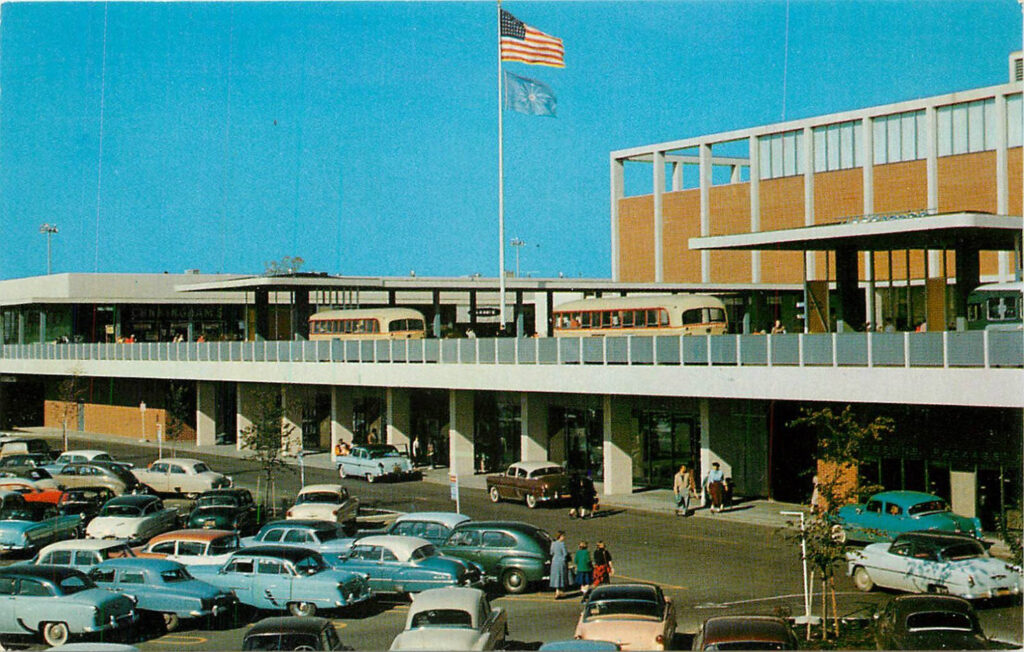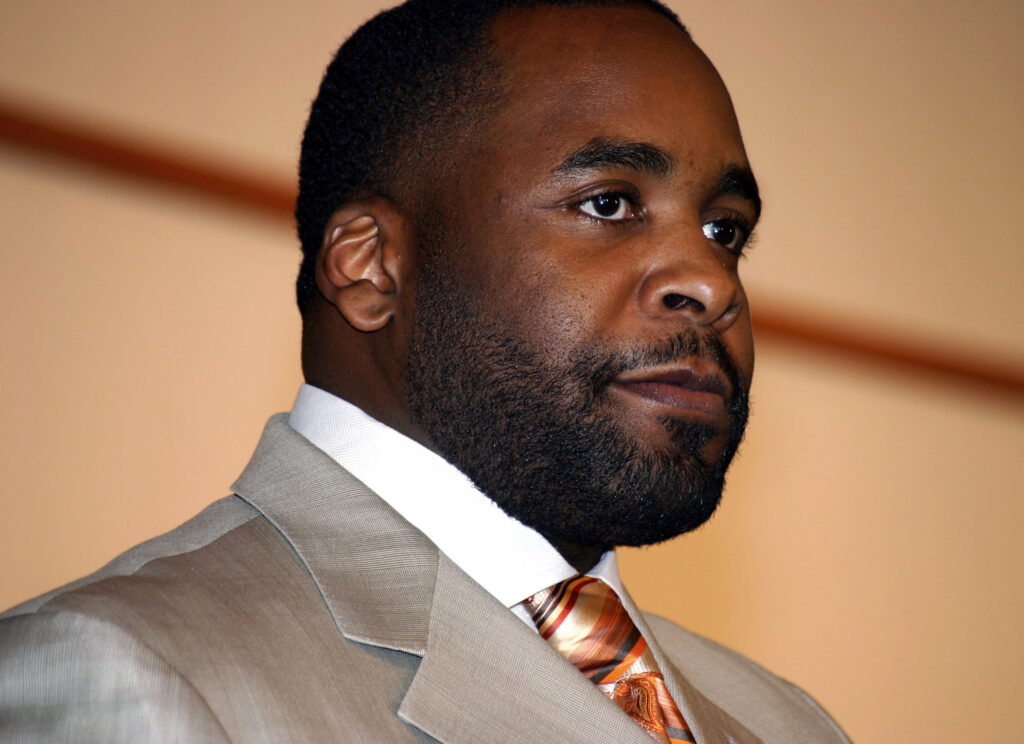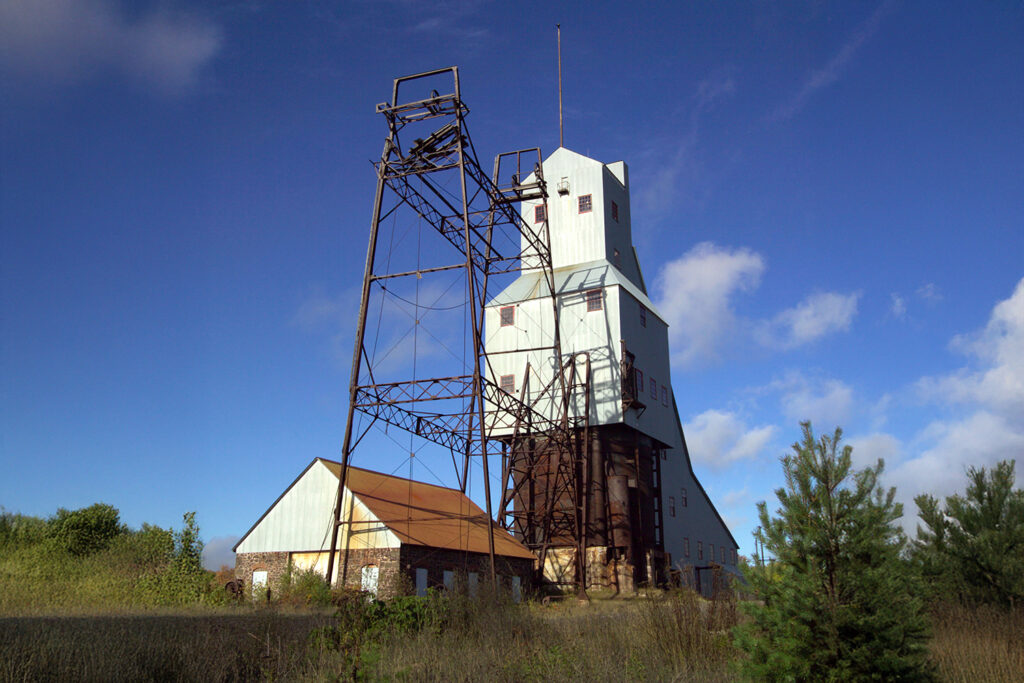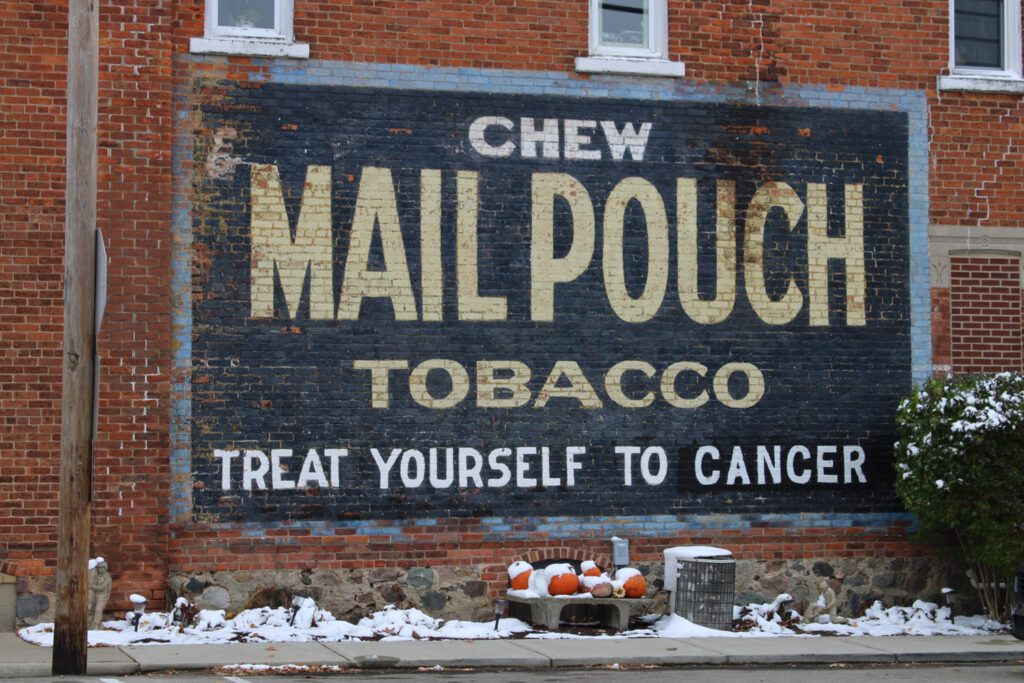On any spring day in 1954, some 45,000 people could be found shopping at a brand-new mall—among the first of its kind.
The ladies lingered at Suzy Hats and Baker’s Shoes before picking up ingredients for supper at Kroger. Their husbands visited Dube’s Barber Shop or perused Dunns Camera & Hobby Supply. The kids? They hung at the on-site playground.

All of this hustle and bustle was happening at Northland Center, then the world’s largest mall tucked between Greenfield Road and 8-Mile in Southfield. The plaza was lauded for its magnificence, convenience, and innovation—but about 60 years later it closed its doors.
Northland’s glory was a celebration of local enterprise. Its untimely demise tells the tale of so many malls: a steady downturn in shoppers, empty storefronts, and the arrival and departure of tired chains no one wants or needs.
Northland Center was the brainchild of Victor Gruen, an Austrian-American architect who found himself stranded in Detroit one day in 1948. His misfortune turned into good luck, however, when he stumbled into Hudson’s, the famous department store that took up an entire city block of downtown Detroit.
The visit inspired Gruen to convince the department store’s president to take Hudson’s to the suburbs. His pitch included four satellite stores—Northland Center and three other locales, two of which still exist today—where Hudson’s would serve as the glamorous anchor store.
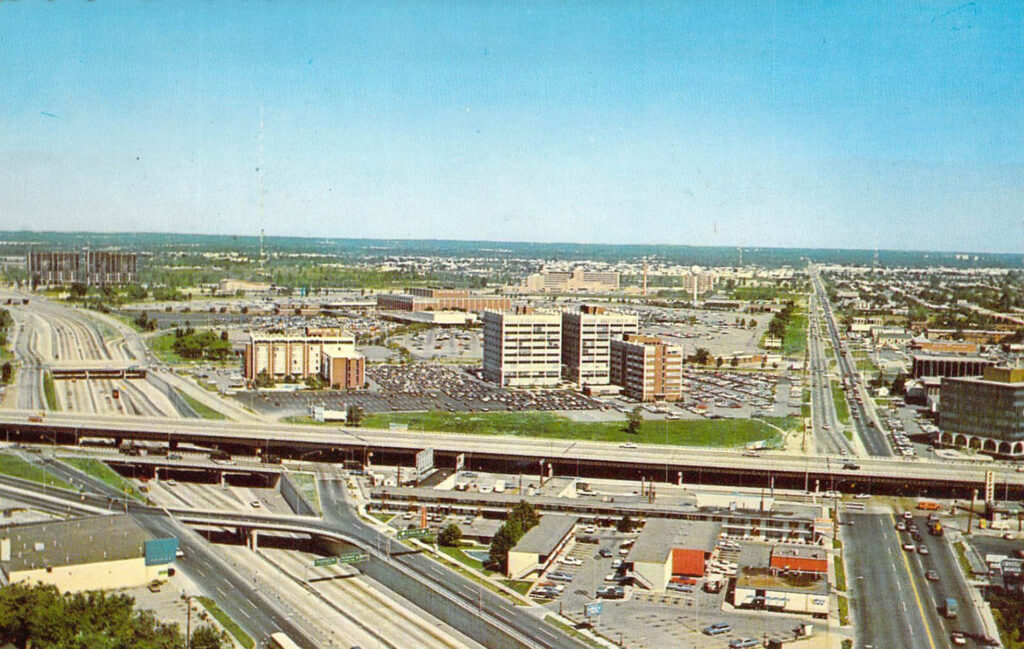
Gruen’s vision delivered a new shopping experience, one marked by both comfort and commercialism. Northland’s open-air corridors coaxed shoppers to wander through store after store, considering purchases they never intended to make.
It worked. Northland outpaced its first-year sales projections by $30 million. By the 1960s, the mall saw more than $100 million in annual sales.
It’s not hard to imagine why the mall succeeded so quickly. The plaza was beautifully and carefully designed around both shoppers and retailers.
Its construction maximized efficiency for sellers, routing deliveries and other commerce-related traffic away from visitors.
Its sprawling parking lot—then the biggest in the world—featured a lost car department that could help reunite customers with their vehicles.
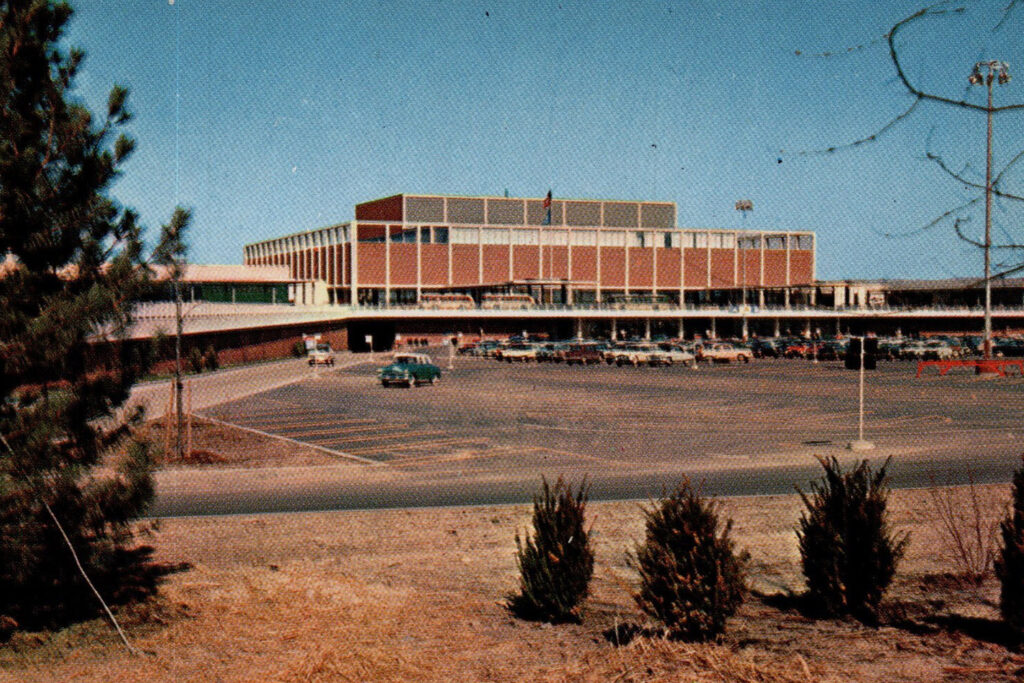
So what happened?
The downfall of Northland Center was written into its creation.
Northland’s opening didn’t just draw attention away from Hudson’s downtown location—it was soon stealing sales, too. Hudson’s Detroit flagship eventually closed in 1983.
The same fate came for Northland when shoppers were inevitably distracted by the arrival of still more convenient options. The mall attempted to regain its popularity with fresh styles and new vendors—business bets that never paid off.
The original local and regional retailers were replaced by ubiquitous names like Target and Macy’s, stores you can find at every third exit on any highway in America.
By 2004, the mall saw half the shoppers it enjoyed at its peak, and empty storefronts soon dotted its halls. The plaza officially bit the dust in 2015, when the city of Southfield bought it for just $2.4 million.
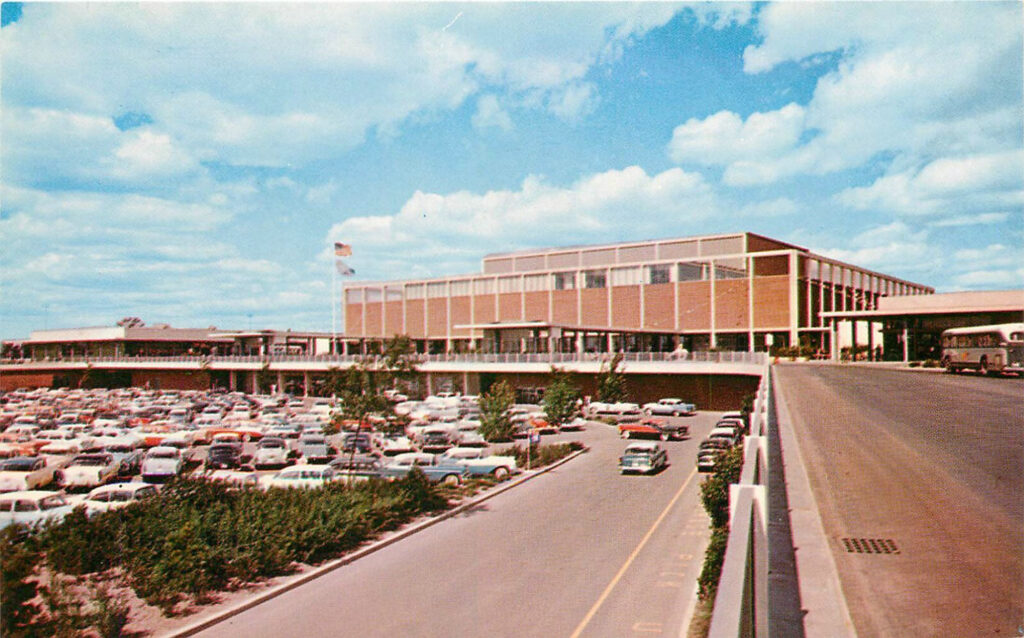
After being sold to a developer, the partially demolished plaza will be home to a Costco Business Center and a slew of apartments, restaurants, and other retailers.
Hudson’s will become Hudson City Market, “a food and goods emporium.”
We don’t have to guess how Gruen would react to the demise of his creation. He came to hate his shopping malls—“those bastard developments,” he called them.
Gruen valued the free exchange of goods and wanted shoppers to have plenty of choice, something his constructions failed to deliver in time.
At the thought of yet another Costco replacing Northland, Gruen would have rolled his eyes.
Katie Clarey is a contributing writer for Michigan Enjoyer.
